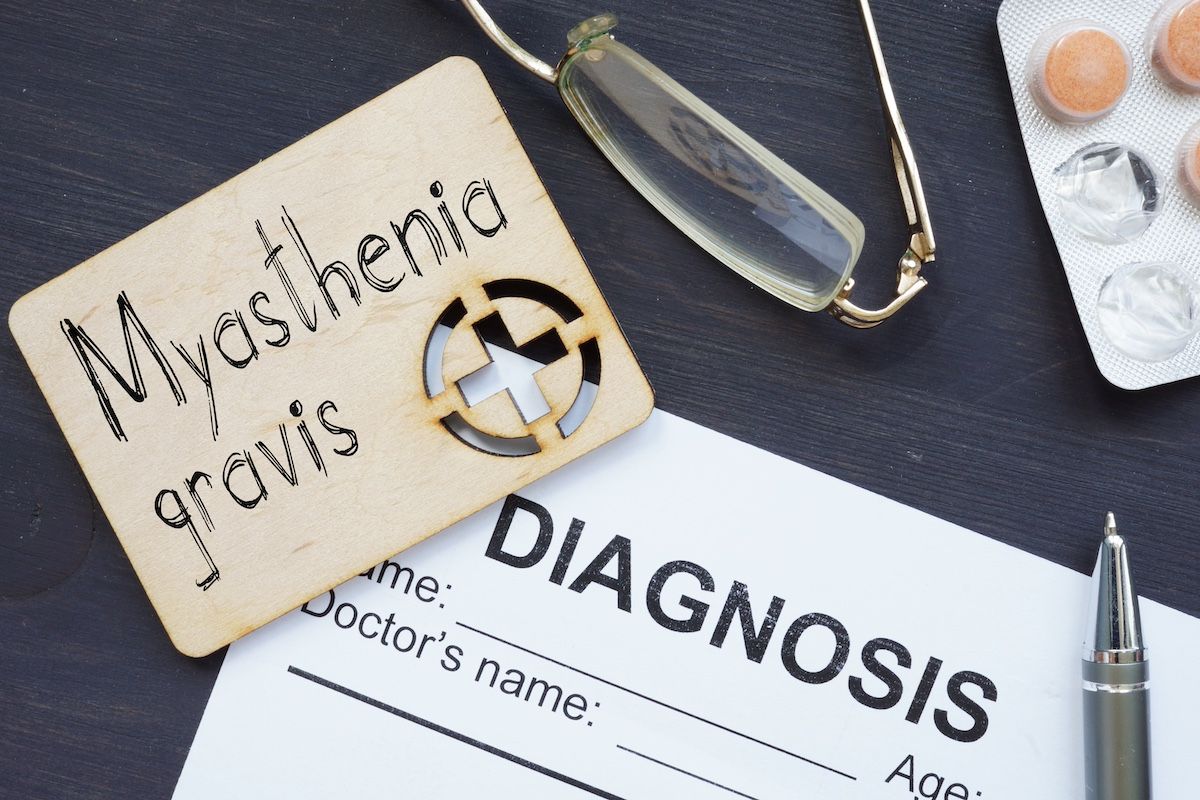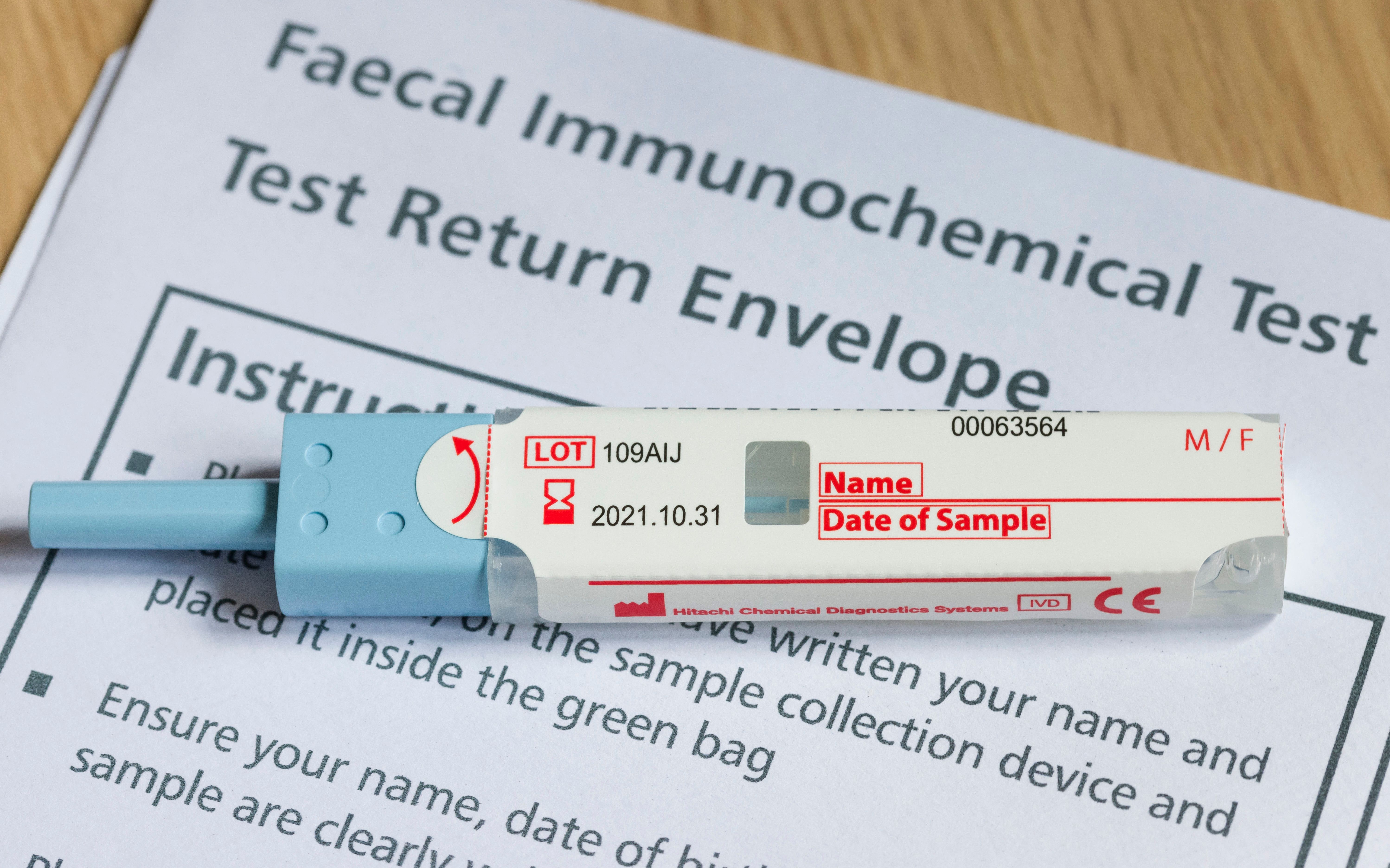News
Article
Case Highlights Difficulties Identifying MG Secondary to ICI Therapy
Author(s):
There currently are no guidelines on how to treat this patient group, despite a high risk of mortality.
A new case report shows the importance of considering myasthenia gravis (MG) as a possible diagnosis in patients who experience symptoms such as muscle weakness following the use of immune checkpoint inhibitors (ICIs).
The report involves a 73-year-old man who developed MG and myositis following initiation of adjuvant pembrolizumab (Keytruda) for melanoma. The authors said the patient’s MG was initially missed at an outside hospital, underscoring the high risk of misdiagnosis in such patients. The report was published in BMC Neurology.1
The patient in the case had a history of melanoma, prostate cancer, and hypertension, explained corresponding author Maaria Chaudhry, of St Louis University Hospital, and colleagues. A year prior to seeking care at the authors’ hospital, the patient had been diagnosed with melanoma, for which he underwent wide local excision. Subsequent testing showed he was negative for metastatic disease, and the patient was given pembrolizumab as adjuvant therapy, starting with 2 doses at 200 mg in 0.9NaCL intravenous 118 mL infusion.
The mortality for autoimmune-induced MG in patients who received PD-1 inhibitors is significantly higher than that of classical MG. | Image Credit: © Andrii - stock.adobe.com

Two weeks after his second dose, the patient went to the emergency department, citing progressive pain in his neck and back, along with dysphagia, hoarseness, generalized weakness, and urinary incontinence, the authors said. The patient had highly elevated creatinine kinase, alanine transaminase, and aspartate transferase levels.
“MRI of the brain and cervical spine did not show signs of metastasis but revealed a disc bulge at C3/C4 causing canal stenosis,” the authors reported.
The patient had tenderness to palpation over his cervical neck, and both acetylcholine receptor and muscle-specific tyrosine kinase (MuSK) autoantibody tests were negative, the authors said.
Yet, the investigators said MG secondary to pembrolizumab could not be ruled out. They prescribed empirical steroids, and the patient was discharged after 12 days.
A month later, the patient returned to the hospital with dysphagia, difficulty breathing, and generalized weakness. When physicians examined him this time, he had neck extension weakness, right-sided ptosis, and could not phonate. Soon after he arrived, hypoxic respiratory distress required intubation and he was admitted to the intensive care unit.
Following lab tests, the investigators decided his symptoms were consistent with a myasthenic crisis. They put him on a 5-day course of high-dose steroids and plasma exchange.
He was then given pyridostigmine (Mestinon) for symptomatic treatment.
The authors said a repeat paraneoplastic panel, myositis panel, and low-density lipoprotein receptor-related protein 4 antibody workup were unrevealing, and an electromyography/nerve conduction study showed diffuse neuropathy with evidence of nonspecific proximal myopathy.
“A muscle biopsy of the left rectus femoris muscle showed myositis with necrotic fibers and inflammatory infiltrates, consistent with inflammatory myopathy and/or medication induced myositis,” they said.
Chaudhry and colleagues said the case illustrates that MG is a potential adverse effect of the use of certain medications, including ICIs like the PD-1 pembrolizumab.
“While much isn’t known about the features or pathogenesis of this ‘de novo’ disease, most cases involving the development of myasthenia gravis in the setting of PD-1 inhibitor use have observed acetylcholine receptor antibodies in around 66% of patients, with around 5.3% having anti-MuSK antibodies,” they wrote.
A 2019 study examining MG in the setting of ICI therapy suggested that MG can progress rapidly in these cases, and found that intravenous immunoglobulin or plasma exchange therapy were beneficial in addition to steroids alone.2 However, that study also called for more investigation of how best to treat patients with MG secondary to ICI therapy.
Five years later, the authors of the current case report said there is still no specific management protocol for identifying or managing melanoma patients with MG who were treated with pembrolizumab.1 However, they said the mortality for autoimmune-induced MG in patients who received PD-1 inhibitors is significantly higher than that of classical MG. While there may be many reasons for the higher mortality rate, the authors noted that ICI-induced MG is often refractory to standard MG therapy.
“Therefore, we suggest that providers maintain a low threshold for suspecting neurological (namely, neuromuscular) derangements within the ICI-treated patient population,” they wrote.
Reference:
- Kiaei B, Chaudhry M, Banerjee S, et al. Spontaneous development of myasthenia gravis and myositis following treatment with pembrolizumab: a case report. BMC Neurol. 2024;24(1):184. doi:10.1186/s12883-024-03684-2
- Safa H, Johnson DH, Trinh VA, et al. Immune checkpoint inhibitor related myasthenia gravis: single center experience and systematic review of the literature. J Immunother Cancer. 2019;7(1):319. doi:10.1186/s40425-019-0774-y

A Novel Approach to Chronic GVHD With Axatilimab: Dr Daniel Wolff




